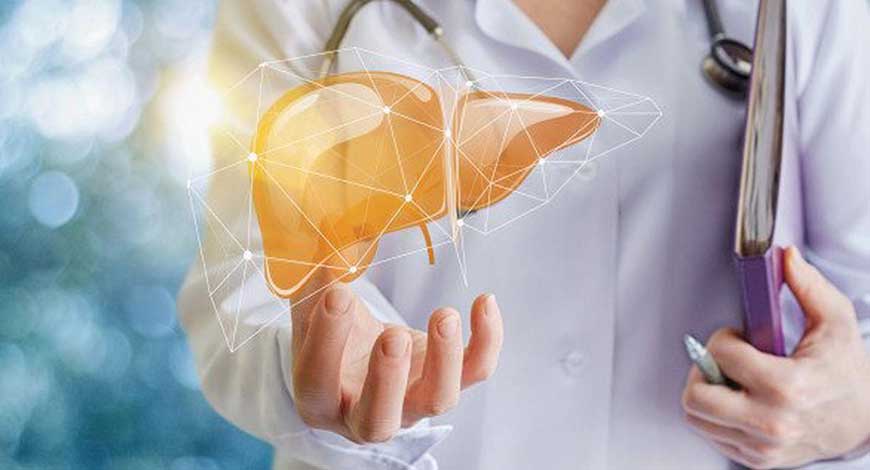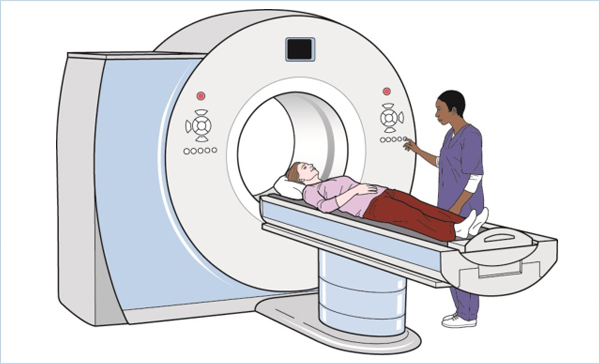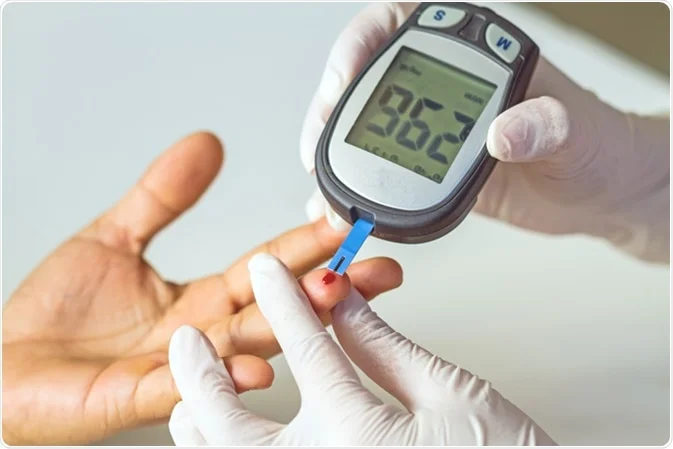
Understanding the Differences: FibroScan (Elastography) vs. MRI-PDFF
Key differentiators between FibroScan (Elastography) and MRI-PDFF
Aspect | FibroScan | MRI-PDFF | |
| Clinical Application | Assessing liver fibrosis | Liver fat Quantification | |
| Measurement Principle | liver stiffness | Liver Fat Fraction | |
| Information Provided | Fibrosis assessment | Liver fat content (Steatosis assessment) | |
| Accuracy | Highly accurate for fibrosis assessment | Highly accurate for steatosis assessment | |
| Limitations | Less reliable in cases of severe obesity, ascites, or difficult access to liver | Limited availability | |
key advantages of MRI-PDFF:
Highly accurate quantification of the proportion of fat in the liver. Crucial in diagnosing and managing non-alcoholic fatty liver disease (NAFLD) and non-alcoholic steatohepatitis (NASH).
Early Detection of Liver Disease: It allows for the early detection of fatty liver disease, which is crucial for implementing interventions and lifestyle changes to prevent the progression to more severe liver conditions.
Non-Invasive: Entirely non-invasive and no ionizing radiation, which is particularly important for patients who may require repeated assessments over time.
Safe for Most Patients: Generally safe for most patients, including those with conditions like obesity or ascites, where other imaging techniques like FibroScan may be less reliable.
Reproducible: Very useful for follow-up and assessing treatment response.
Other Posts

5 Flu-Fighting Foods for Boosting Immunity

Instructions for CT Patients

Importance of HbA1c Testing for Diabetes

MONKEY POX - What you need to know ?




